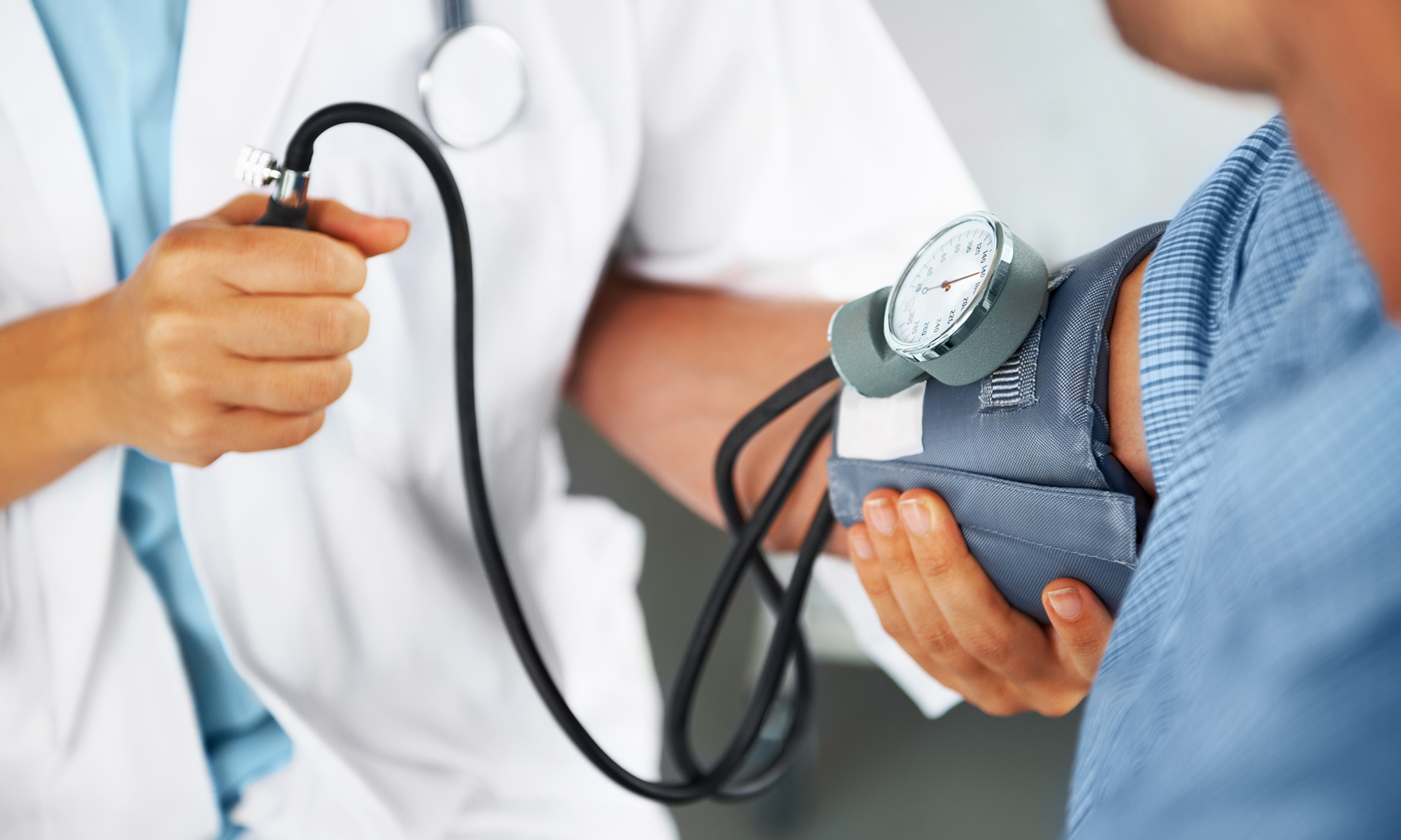When your blood pressure or the force of your blood against the walls of your blood vessels remains continuously high, you have high blood pressure. This causes your heart and blood arteries to work harder to pump blood, reducing their efficiency. This can eventually cause tissue damage within the arteries. This can increase the likelihood of heart attack and stroke. it is frequently asymptomatic and is also referred to as the silent killer. There are a variety of forms, including primary and resistant. If your blood pressure is consistently high, you must have it examined and begin treatment immediately.
“Above 140 mmHg of chronically high blood pressure in the systemic arteries is known as systemic arterial hypertension. Nevertheless, the Indian Guideline of Hypertension IV (IGH IV) defines hypertension as systolic blood pressure (SBP) greater than 140 mmHg and/or diastolic blood pressure (DBP) greater than 90 mmHg. The ACC/AHA recommendations have changed the acceptable range to 130/80 “According to Dr. R.B.M. Makkar, Chief Diabetologist and President of the RSSDI.
In an interview with HT Digital, Dr. Makkar discusses the many types of hypertension and methods for managing them.

TYPES OF HYPERTENSION
1. Primary hypertension
It is typically asymptomatic and is identified by routine blood pressure checks or community screening. Primarily unknowing of their condition, Indian patients with primary go undiagnosed. As a result, the Ministry of Health and Family Welfare Guidelines indicated that patients with risk factors such obesity, diabetes mellitus, a history of cardiovascular disease, individuals older than 60, and current smokers should undergo routine screenings.
2. Secondary hypertension
Frequently results from a known cause that causes a sudden worsening of BP. It is a secondary diagnosis to conditions like obstructive sleep apnea, aldosteronism, renovascular, and renal illness (OSA). About 5–10% of cases may develop secondary hypertension, of which 2-3% will be reno-parenchymal and 1-2% will be reno-vascular.
3. Gestational hypertension
It is a condition that affects pregnant women and raises the risk of maternal death and foetal defects. It can occur with or without a preeclampsia diagnosis.
4. White coat hypertension
Also known as isolated clinic hypertension, it is characterised by increased office blood pressure readings but normal results outside the office. The diagnosis of white coat hypertension is indicated using ambulatory blood pressure monitoring. White coat hypertension is present in patients whose office BP levels are at least 20/10 mmHg higher than their ambulatory values. Younger populations in Indian patients have a higher risk of white coat hypertension than older ones do.
Also read: Turkey earthquake rescue operations ends
5. Resistant Hypertension
When three or more antihypertensive drugs, including diuretics, have failed to control a patient’s hypertension despite treatment, noncompliance with therapy and subpar antihypertensive therapy are ruled out as causes. These patients are then diagnosed with treatment-resistant hypertension. It impacts 10% of people and is linked to a high risk of cardiovascular diseases, end organ damage, and all-cause death.
HOW TO MANAGE HYPERTENSION
1. To choose the best therapeutic agent for hypertension control, each patient’s individual profile and reaction to treatment must be considered.
2. ARBs (Angiotensin receptor blockers) can be used by alone or in conjunction with CCBs (Calcium channel blockers) to lower blood pressure in diabetic individuals.
3. ARB and CCB combination therapy is advised for the treatment of hypertensive patients in order to improve blood pressure control, lower the risk of problems, and improve patient compliance.
4. Combination therapy must be recommended in patients at risk for CVDs, renal disorders, or cerebrovascular disorders to lower patient mortality.
5. Based on the selection of therapeutic agents and their risk profile, monitoring of electrolyte levels, serum potassium, and creatinine levels, as well as routine evaluation of kidney function, is advised for patients with diabetes.
6. For renal and cardiovascular protection in people under 60, it is advised to keep blood pressure levels below 130/80 mmHg in CKD patients.
7. It is advised that people with Diabetes Mellitus and hypertension undergo 24-hour ambulatory blood pressure monitoring to keep their readings between 120 and 130 mmHg. Digital equipment may be preferred for measurements performed at home, but an aneroid sphygmomanometer should always be used instead. Age and concomitant diseases have an impact on blood pressure thresholds.




